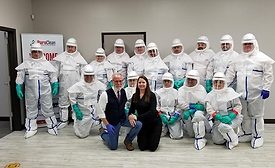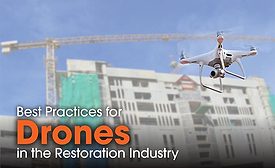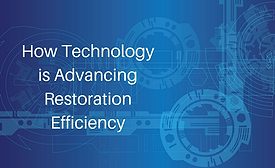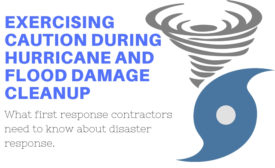Darren Hudema
Darren Hudema is the director of training and technical services at PuroClean. Hudema leads the PuroClean Academy, trains, and mentors new franchise owners and their teams. With expansive knowledge and expertise, Hudema develops PuroClean’s training efforts, including hands-on education programs at the company’s Applied Structural Drying (ASD) facility, to provide franchise owners and their technicians with the instruction needed to achieve IICRC certification. Hudema has been involved in the restoration and cleaning industry for more than 40 years and is a certified water loss specialist, IICRC master textile cleaner, master fire and smoke restorer, master water restorer, and an approved IICRC instructor.
ARTICLES
Exercising Caution During Hurricane and Flood Damage Cleanup
What first response contractors need to know about disaster response.
Read More
Get our new eMagazine delivered to your inbox every month.
Stay in the know on the latest disaster restoration and remediation trends.
SUBSCRIBE TODAY!Copyright ©2022. All Rights Reserved BNP Media.
Design, CMS, Hosting & Web Development :: ePublishing



